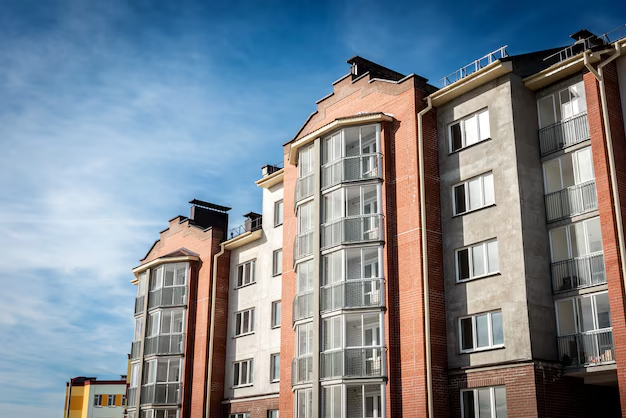Urban Growth: What It Means for Housing Demand
As more people flock to cities for better opportunities, urbanization becomes a pivotal factor in shaping housing markets. From the bustling streets of New York to burgeoning tech hubs like Austin, the migration to urban areas is escalating the demand for housing. But what exactly propels this demand, and what are its broader implications?
Why Urbanization Fuels Housing Demand
Several dynamics come into play as urbanization progresses:
- Population Growth: As cities expand, they attract migrants seeking employment, education, and lifestyle improvements. The influx of residents naturally leads to a higher demand for housing.
- Economic Opportunities: Urban areas are inherently attractive due to their abundance of job opportunities and higher wages. Greater financial prospects mean people are more willing to invest in urban living or desire proximity to work, igniting housing demand.
- Infrastructure and Accessibility: Improved infrastructure, such as transportation links and educational institutions, make urban areas more desirable. This results in increased demand for housing as people prioritize convenient access to these features.
Challenges and Impacts on Housing
Increased urbanization doesn't come without its challenges:
- Rising Prices: With demand outpacing supply, property prices often skyrocket, making it difficult for many to afford housing in these coveted areas.
- Housing Shortage: Rapid urban growth can lead to a shortfall in the housing supply, especially when new constructions fail to keep pace with the influx of newcomers.
Navigating the Urban Housing Market
For those trying to secure a place in the urban housing market, understanding available resources is crucial:
- Government Aid Programs: Many cities offer subsidies or tax incentives to alleviate housing costs. It's worth exploring programs tailored to low-income earners or first-time homebuyers.
- Financial Assistance: Various financial institutions also provide specialized loans or grants to aid in securing urban housing. Researching these options could unlock pathways to home ownership or better leasing agreements.
- Debt Relief and Credit Solutions: Managing your financial standing through debt restructuring and credit counseling can help improve purchasing power or rental eligibility.
- Educational Grants: These can be particularly beneficial for students or educators, helping to offset the high costs of living in urban environments.
Resources to Ease Your Journey
Here are some resources aimed at making urban living attainable:
- 🎯 Government Housing Assistance: Offers programs like FHA loans for first-time buyers.
- 💼 Local Subsidies and Tax Breaks: Explore city-specific initiatives that reduce property tax burdens for qualified residents.
- 💳 Credit Counseling Services: Help manage and improve credit scores to secure better interest rates on loans or mortgages.
- 📚 Educational Grants: Scholarships and housing grants for students and staff in urban colleges or universities.
Understanding how urbanization affects housing demand can arm you with the knowledge to make more informed decisions. As cities grow, so do the challenges and opportunities within their real estate landscapes. Exploring the various financial tools available can make urban living not only viable but economically advantageous.
